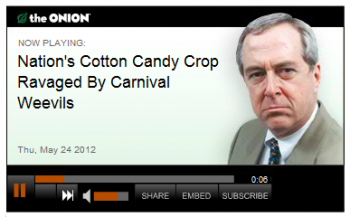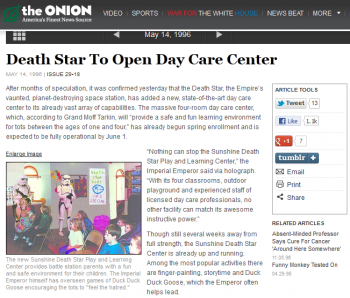Blogging is all about being personal.
It may sound too simple that anyone will understand it not more than a personal online diary. Hence, let me just explain a little bit for you to understand from another perspective.
I may not be the expert to give you an educational answer about branding and marketing. But in my opinion, if anyone can understand the difference between branding and marketing, that person will definitely understand the true meaning of being personal.
Both marketing and branding have different goals. Let me just explain to you in my own understanding after working for a while in the society.
What is blog marketing?
Marketing aims to effect an eventual sales transaction. Hence, it gives the person an instant gratification as he/she tries to tell the world who he or she is. It is very similar to a person who is devoting himself/herself to be extremely sales-driven. He or she will go out there to tell the world through Twitter, Facebook, Friendfeed, LinkedIn or any other social media that he/she can reach.
What is blog branding?
Branding aims to communicate by means of “impressing” what this blogger stands for. It is not so much about looking out for maximum exposure. But rather, it leaves an impression to anyone who notices him/her.
This blogger will usually focus a lot on building quality contents, beautifying his or her blog design, and making sure that everybody perceives him/her as who he or she really “is.” Isn’t blog branding about “being personal”?
Marketing versus branding
Some experts believe that perception is everything. Branding — which shapes perception — leads everything!
Some believe that marketing is the key to business viability, especially when it involves product development, market development, channel development, sales force management, etc. Thus, it is more directly impacting revenue.
Both marketing and branding aim to affect higher profitability. In general, marketing has a wider effect but lesser depth (volume, sales, etc). Branding on the other hand usually tries to enable clients to pay a “premium.”
Mix and match your marketing and branding
Both are really important in its own way. While marketing is pretty straight-forward and is more like a how-to strategy, I wish to emphasize on this phrase “blogging is all about being personal.”




